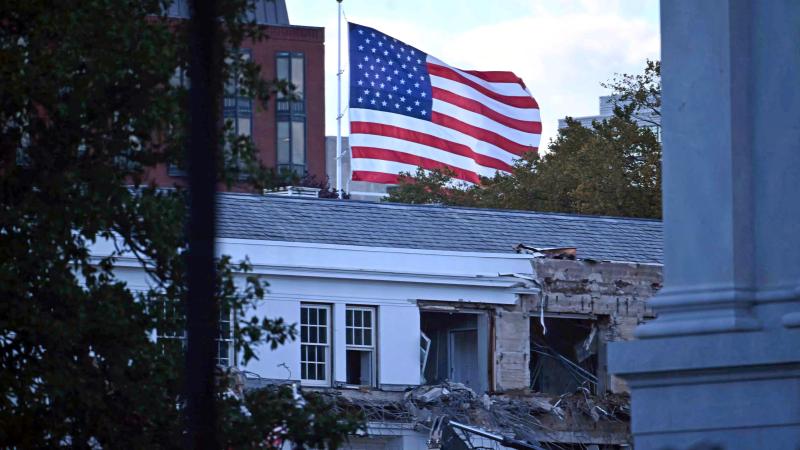Missouri gets $200K to analyze lead mine waste to find cobalt
The funding is part of $2 million from the Bipartisan Infrastructure Law to provide resources to the U.S. Geological Survey and 14 states to better map locations of mine waste and measure the potential for critical minerals that might be found in the mounds.
Federal funds will help Missouri Department of Natural Resources workers dig in piles of gravel near abandoned mines in search of raw materials for batteries.
The United State Geological Survey announced it will provide more than $200,000 to the Missouri Geological Survey to search for critical minerals in the waste piles of Missouri’s Old Lead Belt District in southeast Missouri.
“A relatively small investment for this project could lead to this state’s most significant geologic discovery in a generation,” Carey Bridges, the state’s geologist and director of the Missouri Geological Survey, said in a statement announcing the project.
The funding is part of $2 million from the Bipartisan Infrastructure Law to provide resources to the U.S. Geological Survey and 14 states to better map locations of mine waste and measure the potential for critical minerals that might be found in the mounds.
Starting in September, state geologists will be using shovels, buckets and hand augers to dig in piles near abandoned mines in search of cobalt and nickel. The Doe Run Company will partner with the state to determine if the rare elements are in Missouri’s mud.
“Missouri’s St. Francis Mountains are one of only a few places in the continental United States known to have deposits of cobalt,” Bridges said. “The importance of cobalt for the modern world cannot be overstated as it’s essential for production of lithium-ion batteries.”
Three sites, all owned by Doe Run and no longer in operation, will be part of the project. Mounds of gravel-like waste created from lead mining, called chat and tailings piles, will be examined in Bonne Terre, Rivermines and National mines. The Environmental Protection Agency in 2007 estimated there were approximately 100 million tons of chat contaminated with lead, zinc and cadmium in Oklahoma, Kansas and Missouri.
“Critical minerals, such as cobalt and nickel, were not targeted during previous mining processes and therefore remain in these materials at varying levels,” Bridges said. “Through sampling and analysis, we can determine the concentrations and potential for recovery of these critical minerals as a domestic source for materials necessary for advanced energy technology and essential goods."
Final results of the project are expected to be released in August 2026. The work will take place on the surface of the piles and no heavy equipment will be used. No major ground disturbances are expected and there will be no impact on vehicle traffic as the sites are in gated areas or away from roads.
Missouri’s proposal was one of 26 submitted to the U.S. Geological Survey and one of 16 selected. The project’s field work and analysis will receive funding of $207,464. An additional $4,000 will be allocated for team members to attend an earth mapping resources workshop led by the U.S. Geological Survey.















